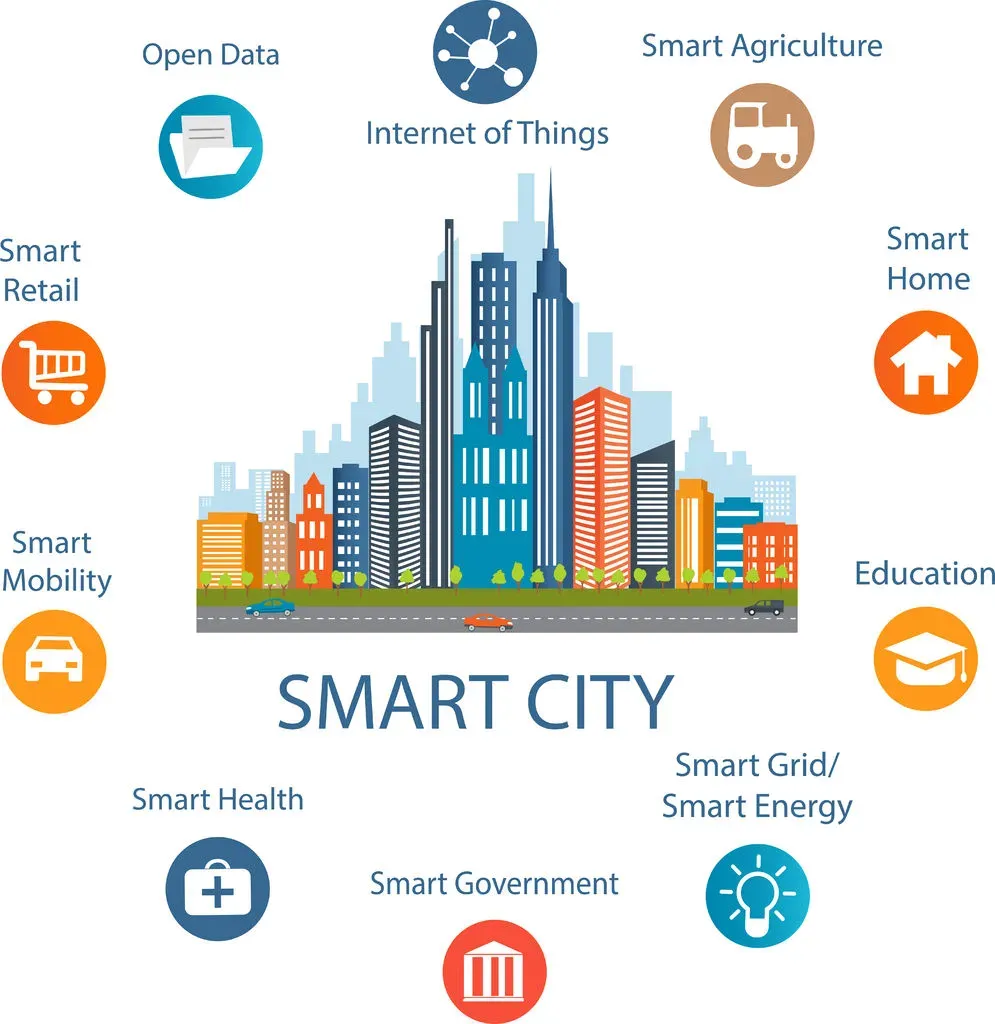Smart Homes to Smart Cities represents a bold continuum from the comfort of a connected home to the vitality of a modern metropolis. As sensors, connectivity, and data analytics converge, IoT in smart homes and cities moves from isolated devices to integrated systems that touch how we live, work, and move. This evolution isn’t just about more devices or slick apps; it’s about scalable intelligence that links households to neighborhoods through home automation. By aligning energy use across residences and public spaces, the movement drives energy efficiency in buildings while supporting safer, more comfortable environments. Together, these advances stitch smart infrastructure with digital twins and smart grids to create a platform for resilient, citizen-centered urban growth.
Viewed through the lens of urban systems, the journey shifts from gadgets to a coordinated ecosystem where households, businesses, and services share a common digital backbone. This broader perspective embraces terms like connected communities and intelligent infrastructure to describe how data, analytics, and automation deliver citywide outcomes. Advanced concepts such as digital twins, smart grids, and urban data platforms let planners test ideas, forecast effects, and optimize resources before committing to large-scale changes. The practical path requires governance that balances innovation with privacy, equity, and transparent stewardship so people trust and benefit from smarter neighborhoods. Such a shift rests on inclusive design, fast networks, and open standards that invite collaboration among residents, utilities, and developers.
Smart Homes to Smart Cities: From Home Automation to IoT-Driven Urban Infrastructure
Smart Homes to Smart Cities represents a continuum where the control, visibility, and intelligence that began in the home expand to the street, district, and metropolis. At the core, IoT in smart homes and cities connects devices, meters, and sensors to enable automation rules, predictive maintenance, and better living conditions. From voice assistants to intelligent energy management, the same data streams and control principles that optimize a single residence can be scaled to optimize street networks, transit corridors, and public services, provided standards and interoperable platforms are in place.
This layered evolution relies on home automation as the proving ground for reliable connectivity, secure data exchange, and trust in devices. When extended to neighborhoods and city systems, opening data streams across premises, businesses, and municipal services creates a feedback loop that improves performance, reduces waste, and enhances resilience. The resulting smart infrastructure enables cities to operate more efficiently while delivering higher quality of life to residents, illustrating how governance, privacy, and equity must accompany technical progress.
Digital Twins and Smart Grids: Engineering Energy Efficiency in Buildings and Resilient Urban Services
Digital twins and smart grids are the urban-scale instruments that translate layer-by-layer home intelligence into city-wide performance. A digital twin creates a dynamic model of a building, street, or district, enabling scenario testing, forecasting, and rapid visualization of interventions before deployment. Placed in the cloud or at the edge, digital twins help planners and operators explore energy usage, emissions, and crowding, ensuring that retrofit decisions deliver measurable benefits across neighborhoods.
Smart grids extend the value of digital twins by balancing supply and demand in real time, integrating distributed generation, and supporting demand response programs. When tied to energy efficiency in buildings, these capabilities reduce peak loads, lower operating costs, and improve resilience against extreme events. The combination of digital twins and smart grids, along with urban data analytics and open data initiatives, empowers cities to optimize energy and infrastructure investments while maintaining privacy and equitable access for all residents.
Frequently Asked Questions
How does IoT in smart homes and cities enable the transition from Smart Homes to Smart Cities?
IoT platforms collect data from devices across homes, streets, and utilities, enabling scalable data flows and interoperable systems that connect private spaces to public smart infrastructure. Edge computing and cloud analytics support real-time decisions for energy, safety, and mobility. Digital twins and smart grids model scenarios, test interventions, and balance supply and demand, guiding planning and operations. Strong governance, standardized interfaces, and privacy protections are essential to realize benefits at scale.
Why is energy efficiency in buildings central to the Smart Homes to Smart Cities journey, and what technologies enable it?
Energy efficiency in buildings provides a scalable foundation from individual homes to districts. Home automation, smart meters, and energy management systems reduce consumption while maintaining comfort, and IoT platforms enable city-scale optimization of energy use. Digital twins and smart grids extend insights to neighborhoods, enabling proactive maintenance, demand response, and resilient infrastructure. Open data, equitable governance, and privacy considerations help ensure that benefits reach all residents.
| Aspect | Key Point | Notes / Examples |
|---|---|---|
| Evolution & Layered Approach | The journey is a layered evolution from private homes to city-scale systems, using the same data streams and control principles at scale. | Base: connected devices and automation; outer layers: neighborhood, district, and municipal services; result: efficient, high-quality life. |
| Core Technologies | IoT platforms, edge and cloud computing, data analytics, and secure network architectures enable integration and real-time decisions. | Standardized data, open APIs, and secure connectivity are essential. |
| Digital Twins & Smart Grids | Digital twins model buildings, streets, and districts; smart grids balance energy supply/demand and support demand response. | Used for planning, testing interventions, and stabilizing the grid. |
| Urban Analytics & Governance | Advanced analytics turn sensor data into actionable insights; governance and privacy considerations are essential for trust and equity. | Open data and citizen engagement empower shared decision-making. |
| Benefits & Impacts | Energy efficiency, resilience, safety, improved mobility, and economic opportunities across homes and cities. | District-scale savings, safer streets, better quality of life. |
| Challenges & Governance | Interoperability, security, privacy, cost, and equity require standards, governance, and cross-sector collaboration. | Common data models, open APIs, and transparent practices. |
| Paths Forward | Concrete actions for homeowners, builders, city agencies, and businesses; collaborative ecosystem with standards bodies and pilots. | Interoperable solutions, scalable architectures, and outcomes-based models. |
Summary
Conclusion: Smart Homes to Smart Cities represent a long-term journey toward more livable, sustainable, and resilient urban life. It connects intimate home automation with district-scale infrastructure, weaving energy management, mobility, safety, and governance into a coherent, data-driven fabric. Through interoperable standards, secure data practices, and inclusive governance, this trajectory can deliver equitable benefits, lower emissions, and improved quality of life for residents. Realizing the vision requires collaboration among homeowners, builders, utilities, municipal agencies, and technology providers, plus a focus on privacy, transparency, and open data. As cities grow and climates become more complex, Smart Homes to Smart Cities will scale human-centric design into urban systems, creating smarter, more resilient communities.



